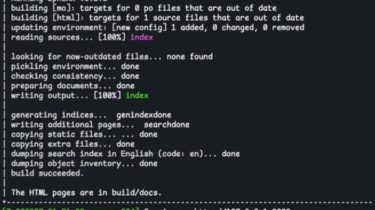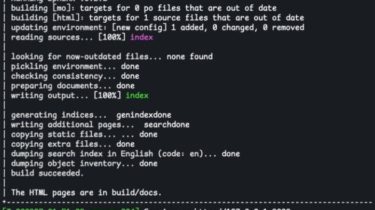ReStructuredText and Sphinx bridge to Doxygen
Packagers: PGP signing key changes for Breathe >= v4.23.0. https://github.com/michaeljones/breathe/issues/591 This is an extension to reStructuredText and Sphinx to be able to read and render the Doxygen xml output. Download Breathe is available from github and PyPI, the Python Package Index. It can be installed with: pip install breathe Documentation The documentation is available here. Thank you to the people running Read the Docs for such an excellent service. The source for the documentation is in the documentation folder if […]
Read more

